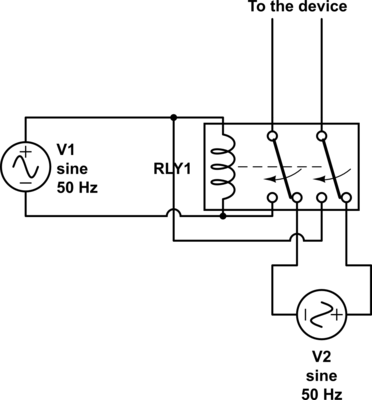
How to Use a Relay for High Power Switching
Relays are an essential component in electronics, allowing for the switching of high power loads with a low power control signal. They provide isolation between the control circuit and the load, making them ideal for applications where high voltage or current is involved. In this article, we will discuss how to properly use a relay for high power switching.
What is a Relay?
A relay is an electromagnetic switch that is controlled by a small electrical signal. When the control signal is applied, the relay’s switch contacts close or open, allowing the current to flow or stop flowing to the load. Relays come in various sizes and configurations, with the most common types being electromagnetic relays and solid-state relays.
Choosing the Right Relay
When selecting a relay for high power switching, it is essential to consider the voltage and current ratings of the load that needs to be switched. Additionally, factors such as switching speed, contact configuration, and contact material should be taken into account. It is crucial to choose a relay that can handle the power requirements of the load while providing reliable and long-lasting operation.
Connecting the Relay
Before connecting the relay, make sure to read the manufacturer’s datasheet to understand the pinout and electrical characteristics of the relay. Typically, a relay will have at least four pins: control input, normally open (NO) contact, normally closed (NC) contact, and common contact. Connect the control input to the control signal source, and the load to the NO or NC contact depending on the desired switching behavior.
Using a Driver Circuit
For high power switching applications, it is recommended to use a driver circuit to control the relay. A driver circuit provides the necessary current and voltage levels to ensure reliable operation of the relay. It also helps to protect the control signal source from damage due to back EMF generated by the relay coil when it is switched off.
Testing the Relay
After connecting the relay and driver circuit, it is essential to test the setup to ensure proper operation. Apply the control signal to the relay and check if the load is switching on and off as expected. Measure the current and voltage across the relay contacts to verify that it is within the specified limits. Make any necessary adjustments to the circuit if needed.
Ensuring Safe Operation
When using a relay for high power switching, it is crucial to observe safety precautions to prevent any accidents or damage. Make sure to de-energize the circuit before making any connections or modifications. Use proper insulation and routing techniques to avoid short circuits or accidental contact with high voltage components. Regularly inspect the relay and circuit for any signs of wear or damage.
Conclusion
Relays are versatile components that are used in a wide range of applications for high power switching. By following the guidelines outlined in this article, you can effectively use a relay for controlling high voltage and current loads. Remember to choose the right relay, properly connect and test the setup, and prioritize safety at all times.
Was this helpful?
0 / 0